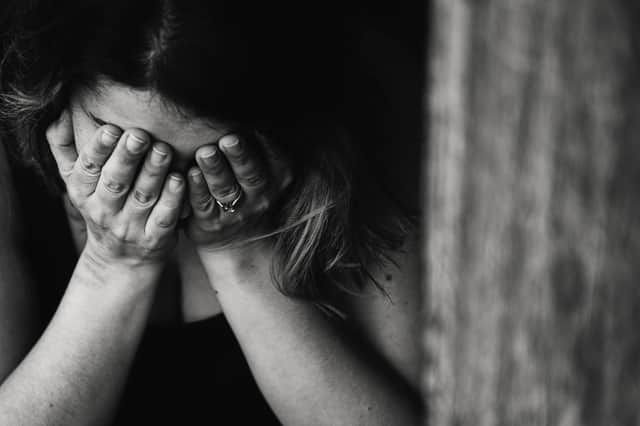You are never alone when it comes to dealing with your child’s self-harm - Rebecca Wilkinson-Quinn


However this is not a new issue. In a paper published earlier this year in The Journal of the American Academy of Child & Adolescent Psychiatry*, researchers examined data on almost 11,000 UK young people born in 2000-02. They found that it was actually possible to predict the self-harming behaviour of a 14 year-old by looking at the behaviour of a five year old. Predictive behaviours included sleep problems and low self-esteem. Some of the children also had difficulties with emotional regulation during early childhood, were bullied, or their caregivers faced emotional challenges.
These findings emphasise the importance of supporting children at an early stage, before their problems grow and become more complex, leading them to turn to unhealthy ways of coping like self-harm. Place2Be has been pioneering the idea of early support through schools for many years – in fact this year we are celebrating our 20-year anniversary of working in Scotland.
Advertisement
Hide AdAdvertisement
Hide AdThere are many different factors that could lead a young person to self-harm, including but not at all limited to bullying, pressure from school, anxiety or depression. In fact, to make it clear, self-harm can affect anyone, of any age, from any background.
While self-harming behaviour has sadly become more common, if you are a parent or carer who suspects their child may be self-harming, it can still be a very lonely and isolating experience. Panic, guilt, shame, anger, sadness, frustration are all normal reactions. The most important thing to remember is it’s not your fault and trying to rescue your child may not be the best strategy in the immediate moment.
In order to support your child, communication is key. You might feel an urgent need to understand why this is happening but try to be patient and allow them to take their time rather than interrogate. You know your child best, so try finding a way of communicating that works for them.
When talking to your child, try focusing on the feelings and thoughts that led to the act and help them to explore alternative ways to cope and distract from difficult feelings. Different things will help different people, but examples may include going for a walk, listening to music, breathing or even having a cry. Distraction is a good technique and gradually the length of time between acts of harming may be built up.
For young people, many aspects of life may feel uncertain, whether it's changes at school, at home or an increased need for independence. The more we create an environment of stability, the easier it may be for your child to navigate challenging emotions. If your child is struggling with their emotions, knowing they have trusted people that they can depend on can be the most helpful, and indeed comforting thing.
You are never alone when it comes to dealing with your child’s self-harm. Your GP and your child’s school are excellent sources of support. Remember that supporting anyone with self-harm is distressing, so reach out for support for yourself too.
Place2Be is a charity providing children's mental health support in schools across Scotland. Parents of four to 11 year-olds can find more practical advice and tips at parentingsmart.org.uk. Place2Be is grateful for its generous supporters, including the players of the People’s Postcode Lottery.
Rebecca Wilkinson-Quinn is Regional Clinical Lead for Scotland and Wales for Place2Be
Advertisement
Hide AdAdvertisement
Hide Ad* Stepheni Uh, Edwin S. Dalmaijer, Roma Siugzdaite, Tamsin J. Ford, Duncan E. Astle, Two Pathways to Self-Harm in Adolescence, Journal of the American Academy of Child & Adolescent Psychiatry, 2021, https://doi.org/10.1016/j.jaac.2021.03.010.
Comments
Want to join the conversation? Please or to comment on this article.